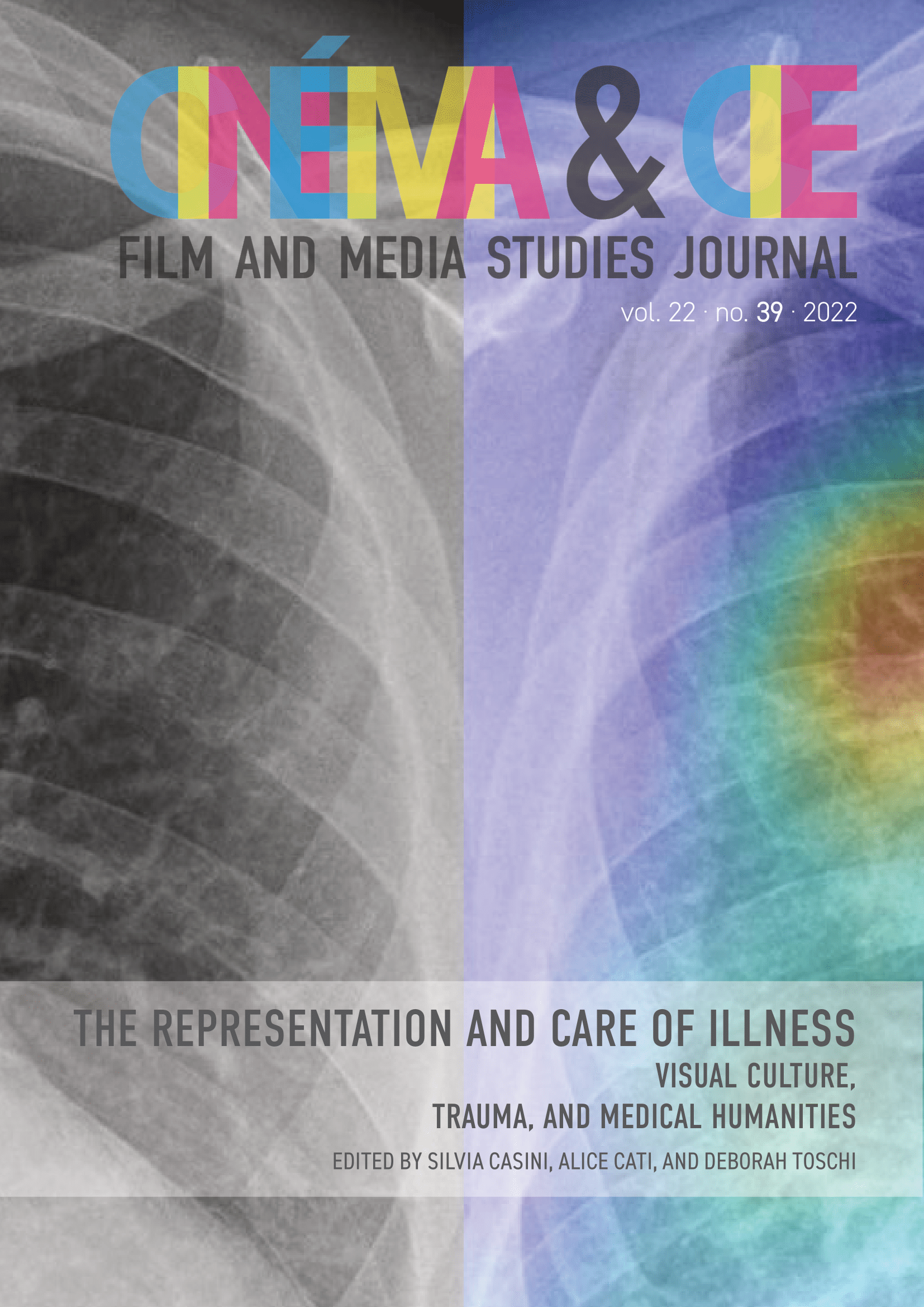On the Frontier Between Medicine and State: Traumatic States of Embodiment and Temporality in Waad Al-Kateab’s For Sama and Wang Nanfu’s In the Same Breath
DOI:
https://doi.org/10.54103/2036-461X/17912Keywords:
Trauma, Documentary, Voice, Motherhood, CrisisAbstract
Set in the zone of egregious war crimes against the civilian population of Aleppo and in the biohazard zones of the encroaching COVID-19 epidemic, Waad Al-Kateab’s For Sama and Wang Nanfu’s In the Same Breath invent documentary approaches that create complex temporalities — modes of cinematic address that engage trauma as a field of experience that has been absorbed within institutional discourses of state power built through crises. Filmed in zones of crises in which hospitals exist in states of exception that generate and guarantee state sovereignty, the traumatic scene of crisis becomes both excess and fragment that documentary form contains and interprets. This analysis draws on Ruth Leys’ ‘genealogy’ of trauma and Lisa Guenther’s notion of the ‘necrobiopolitical rituals’ of state bureaucracy to show that both documentaries illuminate a fundamental split between discourses of medical knowledge and state power within which cinema asserts fluid and shifting temporalities as a mode of engaging events of crisis as history.
Downloads
Published
How to Cite
Issue
Section
License
Copyright (c) 2022 Cinéma & Cie. Film and Media Studies Journal

This work is licensed under a Creative Commons Attribution 4.0 International License.





